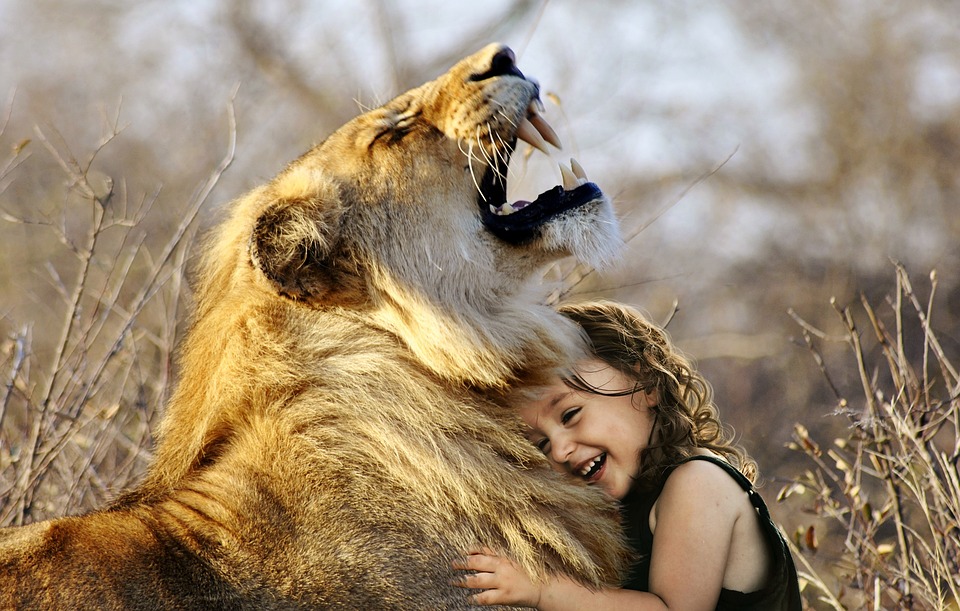Cats are fascinating creatures with their own unique behaviors and quirks. One behavior that some cat owners may come across is wool-sucking. This peculiar behavior involves cats sucking or chewing on fabrics, particularly wool. While it may seem harmless at first, wool-sucking can have underlying causes and potential risks. In this article, we will explore the causes of wool-sucking behavior in cats and discuss strategies for managing and addressing this behavior.
Wool-sucking behavior is defined as the act of a cat sucking or chewing on fabrics, often with a preference for wool materials. It is believed to stem from a natural instinct in kittens to nurse and suckle. However, when this behavior persists into adulthood, it can become a cause for concern.
Recognizing wool-sucking patterns in cats is important in order to address the behavior effectively. Some cats may simply knead and suck on fabrics, while others may ingest small pieces of the material. This behavior is typically observed in cats that were weaned too early or orphaned as kittens. However, there are other potential causes to consider as well.
Early weaning and orphaned kittens are more likely to develop wool-sucking behavior. Kittens that are separated from their mother and siblings too soon may not have had sufficient time to learn proper social behaviors. As a result, they may develop wool-sucking as a way to self-soothe and fulfill their nursing instincts.
Genetic predisposition can also play a role in wool-sucking behavior. Some cat breeds, such as Siamese and Burmese, have a higher likelihood of exhibiting this behavior. This suggests that there may be a genetic component to wool-sucking tendencies.
Stress and anxiety can trigger wool-sucking behavior in cats. Changes in the environment, such as moving to a new home or the addition of a new pet, can cause stress and lead to this behavior. Cats may turn to wool-sucking as a way to cope with their anxiety.
Boredom and lack of stimulation can also contribute to wool-sucking behavior. Cats that are not provided with enough mental and physical stimulation may resort to engaging in this behavior as a form of entertainment or to relieve boredom.
Nutritional deficiencies can also be a potential cause of wool-sucking behavior. Cats that are lacking certain nutrients in their diet may seek alternative ways to fulfill their nutritional needs. This can manifest as wool-sucking behavior.
While wool-sucking behavior may seem harmless, it can pose risks to a cat’s health. Dental problems can arise from the constant chewing and sucking on fabrics. The friction caused by the behavior can wear down the cat’s teeth and lead to dental issues.
Gastrointestinal complications can also occur if the cat ingests pieces of the wool or other fabrics. These foreign objects can cause blockages in the intestines, resulting in serious health problems that may require surgical intervention.
To manage wool-sucking behavior, it is important to create a safe environment for your cat. Keep wool and other fabrics out of reach to prevent access to them. Provide appropriate chew toys and diversions for your cat to redirect their attention away from wool-sucking.
Promoting mental and physical stimulation is crucial in preventing boredom and reducing wool-sucking tendencies. Engage in interactive play sessions with your cat and provide puzzle toys or food dispensing toys to keep them mentally stimulated.
Ensuring a balanced diet is essential in addressing wool-sucking behavior. Consult with your veterinarian to ensure that your cat’s nutritional needs are being met. They may recommend a diet that is rich in essential nutrients to help reduce the likelihood of wool-sucking behavior.
If your cat continues to exhibit wool-sucking behavior despite your efforts to manage it, it is advisable to seek veterinary assistance. Your veterinarian may be able to provide further insight into the underlying causes of the behavior and recommend appropriate interventions.
In conclusion, understanding wool-sucking behavior in cats is essential for a happy and healthy feline companion. By recognizing the causes and risks associated with this behavior, cat owners can take proactive steps to manage and address wool-sucking tendencies. With the right strategies in place, cats can lead fulfilling lives without the need for wool-sucking.








